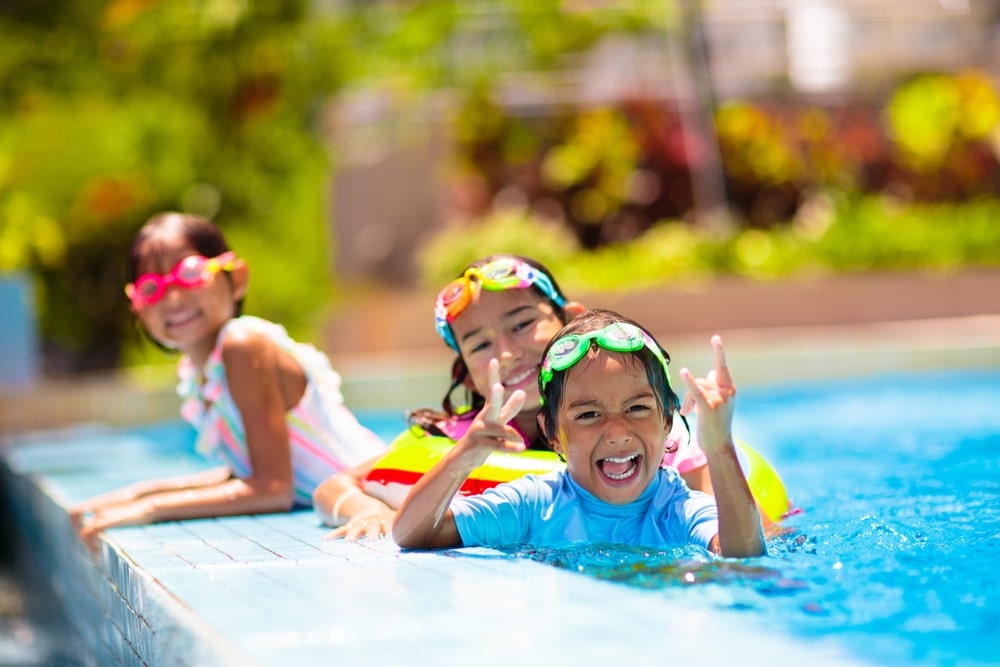In an ideal scenario, every child would begin swimming lessons as soon as they’re ready. Unfortunately, drowning remains the leading cause of death among children aged 1 to 4 years, as reported by the American Academy of Pediatrics. Acknowledging the seriousness of this issue, it’s only sensible to want your child to acquire important survival skills, like floating on their back, at the earliest opportunity. However, let’s be candid: locating swimming lessons can often be a challenging endeavor. Classes tend to be expensive, may not be easily accessible, and can fill up quicker than you can say “float your boat.”
But fear not—there are numerous methods to help your child gain water safety skills right from home. While formal swim lessons are optimal—ranging from Infant Swim Rescue for the youngest participants to various courses offered at local swim schools—Dr. Molly O’Shea, a well-respected pediatrician and parenting specialist at Goldfish Swim School, points out that scholarships may be accessible. “Many swim schools partner with organizations like Every Child a Swimmer to provide financial assistance, making swim lessons more attainable for all,” she explains.
As you explore local options, consider these fundamental water safety rules to teach your child today:
– Always swim with an adult present. Never enter the water alone.
– When entering the water, do so feet first.
– Wear a life jacket until you’re a confident swimmer.
– If someone is in distress, toss them something that floats and notify an adult immediately.
– Follow all signs and regulations at swimming pools.
If you’re interested in fostering actual swimming skills for your child, O’Shea recommends some fun activities: “In the bathtub or baby pool, encourage your little ones to blow bubbles and get comfortable with their heads submerged.” For older children, practice swim strokes on dry land by having them lie on their stomachs on a picnic table bench. This can be an enjoyable way to perfect those movements!
Ultimately, regular exposure to water is key to building both confidence and skill. “Whenever you can, offer your child chances to be in the water, always under adult supervision,” O’Shea advises. Consider family outings to community or hotel pools, beach adventures, or simply spending time in your backyard pool. It’s essential to model vigilant behavior regarding water safety. “Keep in mind, situations can change in a split second,” O’Shea warns, “Drowning can occur silently and happens rapidly, far from how it’s depicted in films.”
Make it a standard practice to remove all toys from near any bodies of water and drain all inflatable pools and bathtubs after use. This not only promotes a safer environment but also lessens the temptation for your little ones to wander into hazardous waters. By taking these precautions, you ensure that they can enjoy swimming while understanding its significance and risks—offering you peace of mind while they splash around and have fun.
Image Source: FamVeld / Shutterstock
























